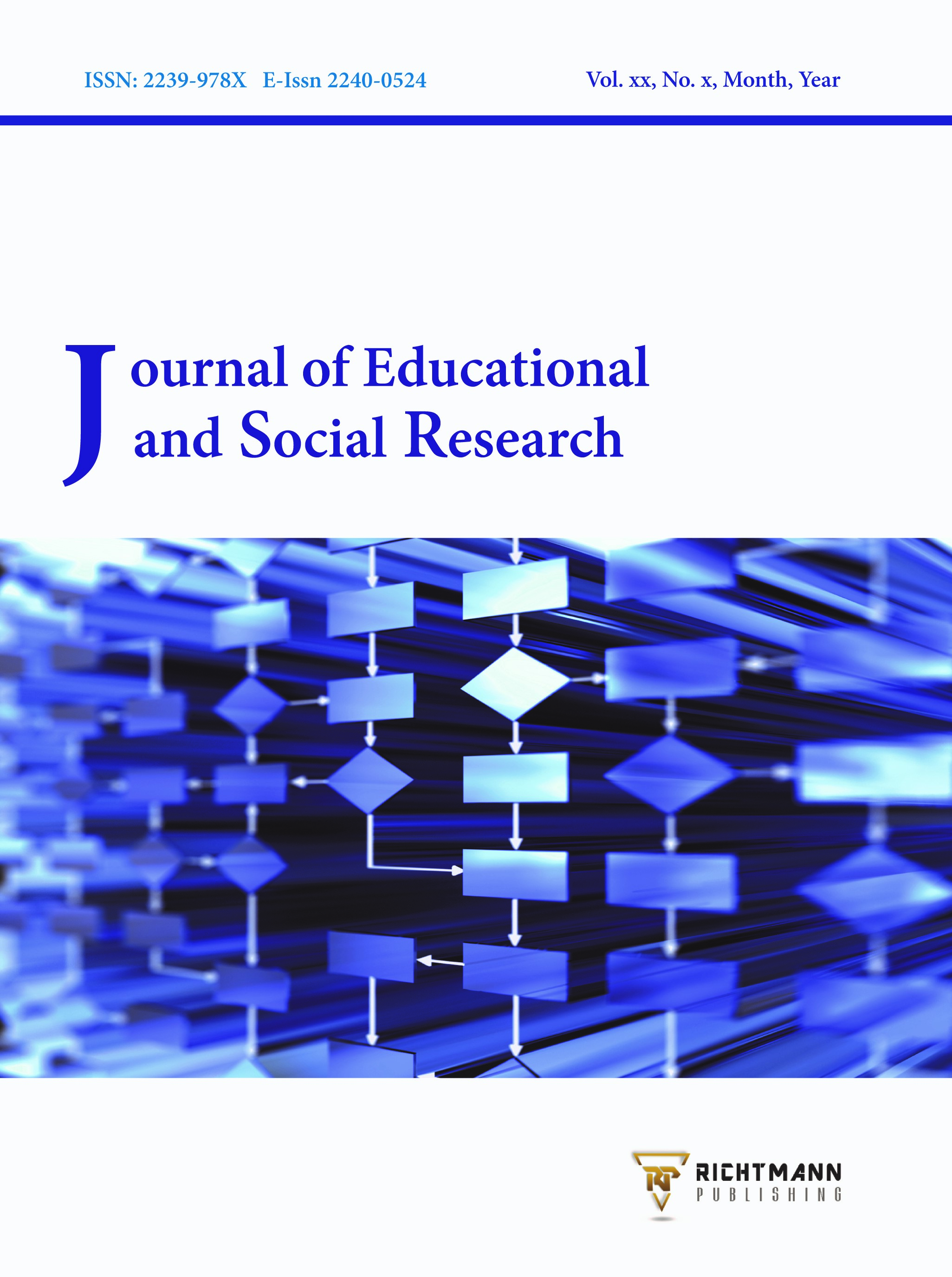Differences in Humanized Care Perceived by Hospitalized Patients from Urban and Rural Areas during the COVID-19 Pandemic: Evidence Collected in Peru
DOI:
https://doi.org/10.36941/jesr-2023-0129Keywords:
humanized care, rural areas, urban areas, public hospital, COVID-19, nurses, health care workersAbstract
In recent years, the health crisis has encouraged modifications and revolutions in the training of nursing practitioners in humanized care. The study's objective was to assess the satisfaction indicator of humanized care in the health care environment in order to make improvements to the health care process. The segmentation of the demographic data allowed us to present more precise analyses, in which we were able to isolate the reports of patients from urban and rural areas, in order to later determine if there are differences between the perceptions of the groups. The study used across-sectional non-experimental descriptive design, with two groups of 200 patients from urban and rural areas hospitalized with COVID-19 symptoms. The dimensions of humanized nursing care were measured using a questionnaire. The findings demonstrate significant differences in the perception of humanized care received (p. < 0.01). On the one hand, patients from urban regions rated the humanized treatment they received as favorable in 37.7% of cases, moderately acceptable in 36.7% of cases, and unfavorable in 25.6% of cases. Patients from rural areas, on the other hand, rated humanized treatment as favorable in 20.4%, moderately acceptable in 41.4%, and unfavorable in 38.2%. We conclude that humanized care is essential for maintaining care activity independent of the patient's sociodemographic variables.
Received: 02 March 2023 / Accepted: 23 August 2023 / Published: 5 September 2023
Downloads
Downloads
Published
Issue
Section
License

This work is licensed under a Creative Commons Attribution-NonCommercial 4.0 International License.
This work is licensed under a Creative Commons Attribution-NonCommercial 4.0 International License.









